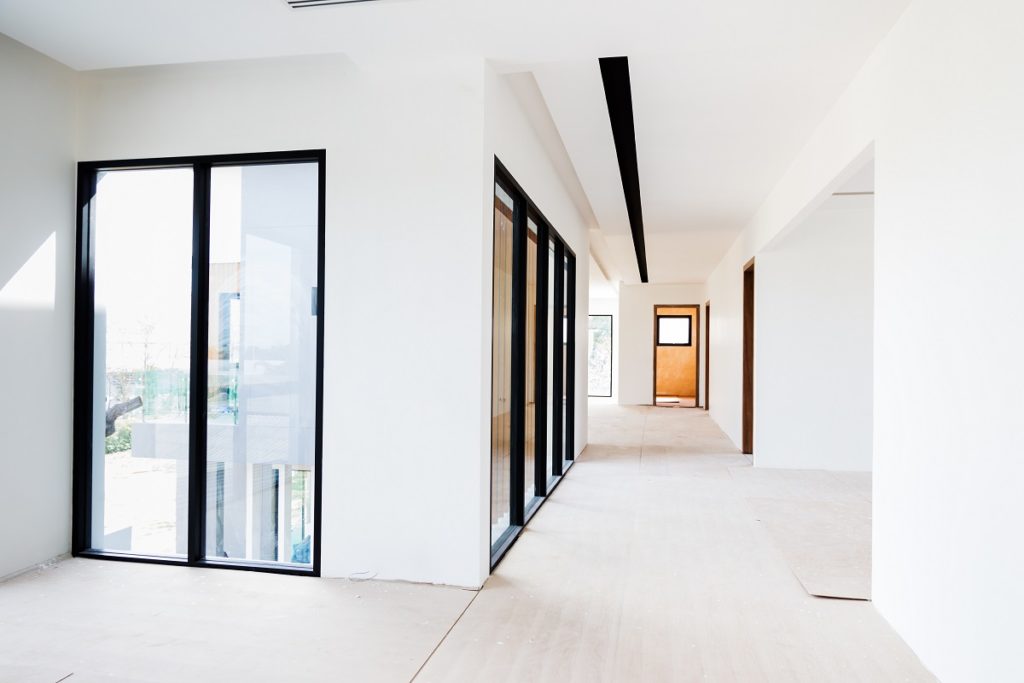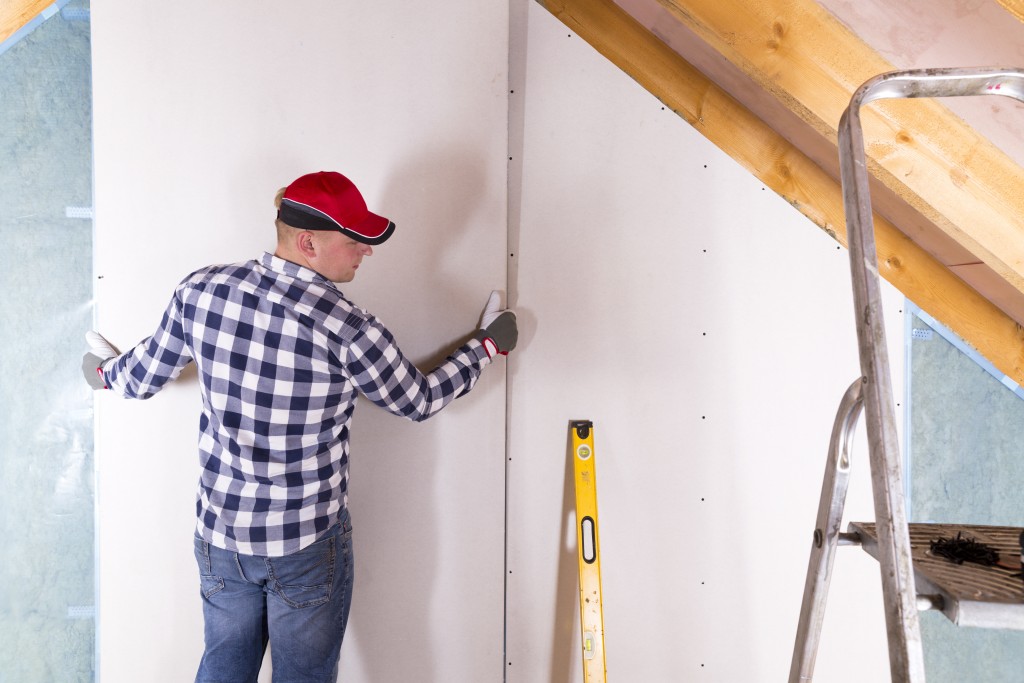Disclaimer: This website provides health information for educational purposes only and is not a substitute for professional medical advice, diagnosis, or treatment. Always seek the guidance of a qualified healthcare provider with any questions you may have.
Building a home takes a long time due to the extensive planning and construction process. Putting up walls is a task that spans a few days since the plaster’s drying period can be quite lengthy. However, thanks to modern innovation, there are now faster and better alternatives compared to the usual plaster method.
One of these methods is dry lining, which involves adhering large sheets of plasterboard to the frame of your wall. A joining compound is then used to fill in the corners, seal any gaps, and set the plasterboards in place. One should consider using this method, as dry lining has a marginally shorter wait time compared to the usual plastering method.
Besides the faster drying duration, the dry lining also has a lot more advantages to consider. Let’s take a look at a few.
Ease of Application
Dry lining is one of the easiest ways of wall construction, making it manageable for construction novices and DIY enthusiasts. Plasterboard is light and easy to carry, while the tools for dry lining are not complicated to use. You can easily find both for sale online or in local stores. There are, however, a few things to keep in mind during construction to minimize your mistakes.
Make sure that the plasterboard pieces are as wide as possible to minimize any gaps and cracks. After measuring the room’s dimensions, you can cut the pieces beforehand or cut them as you paste them. While the former may save more time, the latter can be more accurate and lessen the chance of pieces not fitting properly.
Better Aesthetics
If you apply plaster to the walls, there’s a chance that it will be placed unevenly, resulting in a rough and unappealing appearance. It is also possible for cracks to appear during drying. Dry lining has no such risks due to the board being manufactured uniformly. In addition, the painting of the wall can be done immediately since there is no drying time to wait through.
Dry lining is also useful for room renovations, especially for ones that need to be done immediately. You can even out walls that were constructed poorly and cover up any wires or pipes that are left out in the open. You’ll end up with a room that feels professionally done despite being renovated in only a short period.
Easy Soundproofing

You can also soundproof a room with dry lining. One of the simplest methods is to add sound-insulating materials during your wall’s construction. Insert your sound-insulating material in your wall’s frame before attaching the plasterboard. Make sure that there are as few air gaps as possible so that sound has no way to pass through.
There are also a few more methods you can use to soundproof your room. The important thing to remember is to keep your wall from vibrating as much as possible. You can decouple your drywall from its studs or attach a few pieces of acoustic foam to your wall.
Aid in Thermal Insulation
Thermal insulation won’t be an issue with dry lining since the plasterboard is a lightweight material that allows the wall to breathe. Certain kinds of plasterboard can store thermal energy and help reduce energy consumption for the whole building.
Some of the insulating materials that you can add when you are dry lining walls have thermal insulating properties. A few common materials are fiberglass, mineral wool, and cellulose. Fiberglass is one of the most used materials, but one should exercise care when handling it due to its particulate components.
The dry lining method of constructing walls is something that should be considered due to its effortless and fast process. Anyone who regularly undertakes construction or renovation projects should keep this in mind as one of their options.




